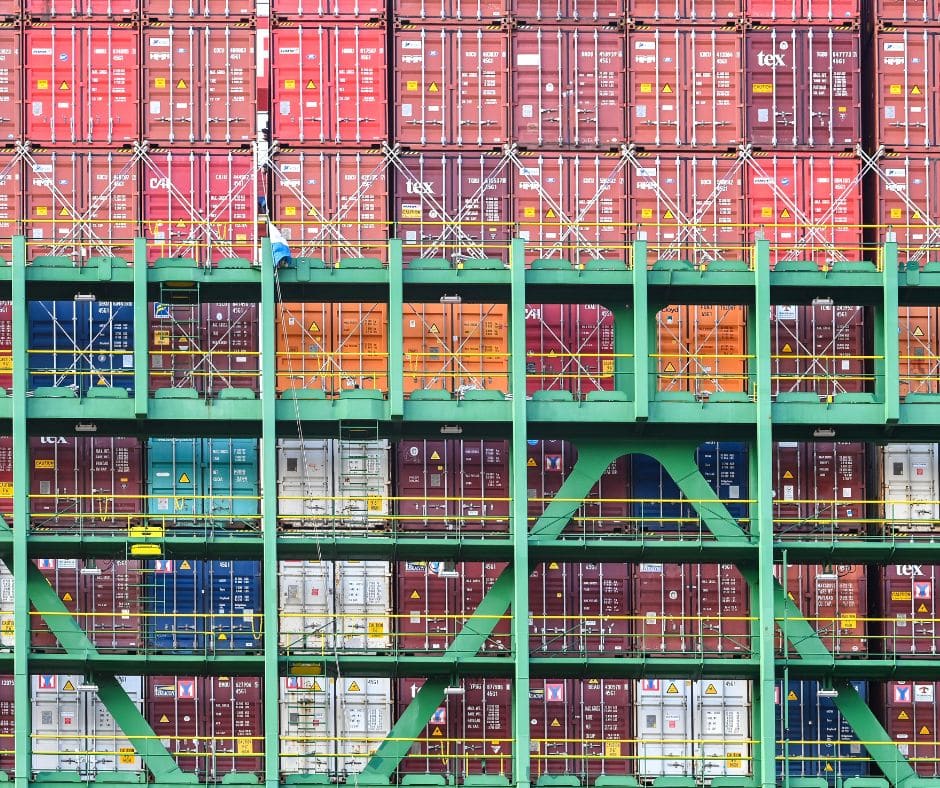
Post-Pandemic Logistics: Challenges and the Road Ahead
The COVID-19 pandemic disrupted every area of life, including the global economy. Among the industries most affected, the logistics sector emerged as a crucial player — ensuring the steady flow of essential goods such as food, medical supplies, and equipment.
As the world gradually recovers, the logistics industry faces a new set of challenges. This article explores the post-pandemic logistics landscape, analyzing the key issues shaping the industry and how companies are adapting to a rapidly changing environment.
Decreased Demand and Changing Consumer Behavior
During the height of the pandemic, online shopping surged, and global shipping demand increased dramatically. The logistics industry was pushed to its limits to handle essential goods and e-commerce orders.
However, as restrictions eased and economies reopened, some demand levels began to normalize. Certain sectors saw a drop in shipping volumes, while others shifted their focus to local distribution and sustainable logistics.
Consumers are now more inclined toward online shopping, eco-friendly products, and locally sourced goods. As a result, logistics companies are redesigning their supply chain strategies — focusing on regional distribution, faster last-mile delivery, and reduced environmental impact.
Supply Chain Disruptions and the Push for Resilience
The pandemic exposed serious weaknesses in the global supply chain. Overdependence on specific regions or suppliers led to massive delays and shortages.
In response, many companies began diversifying their supplier base and building resilient, flexible supply chains. Multi-sourcing, regional warehousing, and risk mitigation strategies are now priorities for logistics planners.
The post-pandemic logistics industry is moving toward decentralization — reducing risks, improving responsiveness, and creating more adaptable global trade networks.
Cost Pressures and Labor Challenges
Labor shortages, strict health regulations, and rising wages were major issues during the pandemic — and they continue to affect the logistics industry today.
Warehousing and transportation companies are facing increased operational costs and difficulty finding skilled workers. To address this, many are investing in automation, robotics, and AI-driven systems to optimize operations and reduce human dependency where possible.
While technology offers long-term cost savings, it also requires retraining programs to prepare the workforce for new digital logistics roles.
Technological Transformation in Logistics
The pandemic accelerated the digital transformation of the logistics sector. Technologies such as artificial intelligence (AI), automation, big data, and IoT tracking are reshaping how goods are stored, managed, and delivered.
These technologies improve supply chain visibility, predict demand, and optimize routes, leading to greater efficiency and lower costs. For example:
Automated warehouses speed up fulfillment and reduce human error.
Predictive analytics help anticipate disruptions before they occur.
Real-time data tracking ensures transparency and reliability.
The future of logistics technology will continue to drive competitiveness, though it also raises questions about job automation and workforce adaptation.
The Road Ahead for the Logistics Industry
The logistics industry after COVID-19 is stronger but more complex. Businesses must now balance cost efficiency, resilience, and sustainability while meeting shifting consumer expectations.
Key trends defining the future include:
Greater focus on regional supply chains
Increased investment in green logistics
Continued digital transformation through AI and automation
Strategic workforce development
Logistics providers that embrace these trends will be better prepared for future disruptions and more capable of driving growth in a connected, digital world.
Conclusion
The post-pandemic logistics industry has entered a new era defined by innovation, flexibility, and technology. While challenges such as labor shortages and supply chain disruptions remain, opportunities for growth are abundant.
By investing in automation, resilient supply networks, and sustainable practices, logistics companies can navigate uncertainty and strengthen their role in global trade.
The pandemic tested the industry’s limits — and in doing so, it sparked a transformation that will define the future of logistics for years to come.


